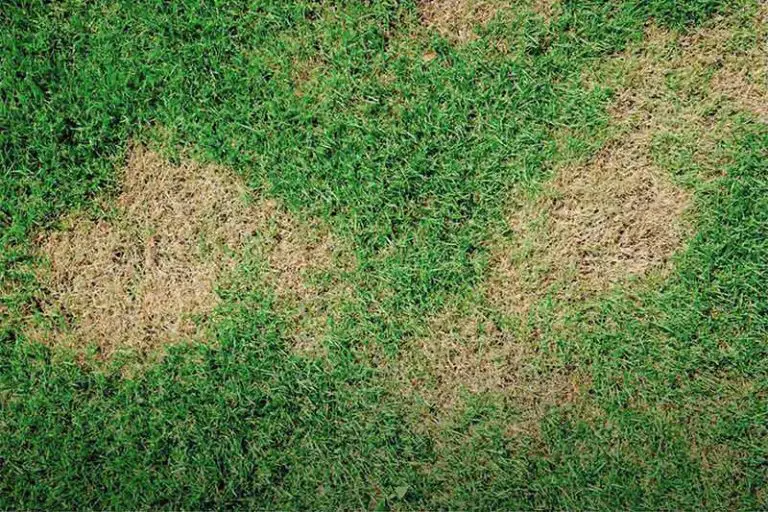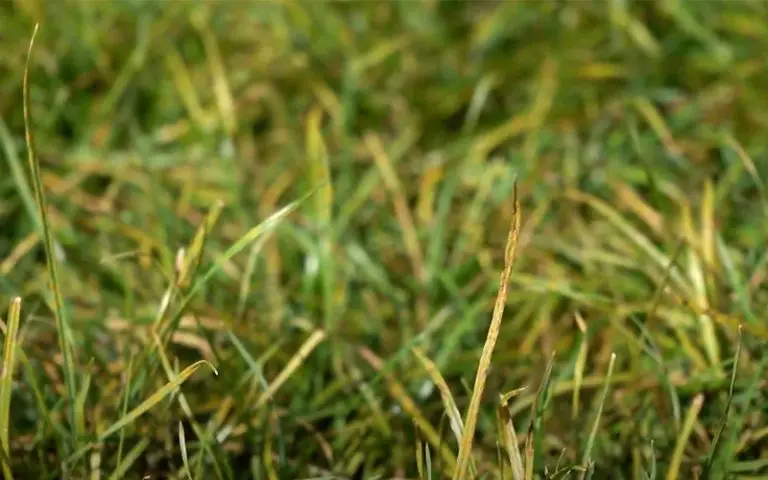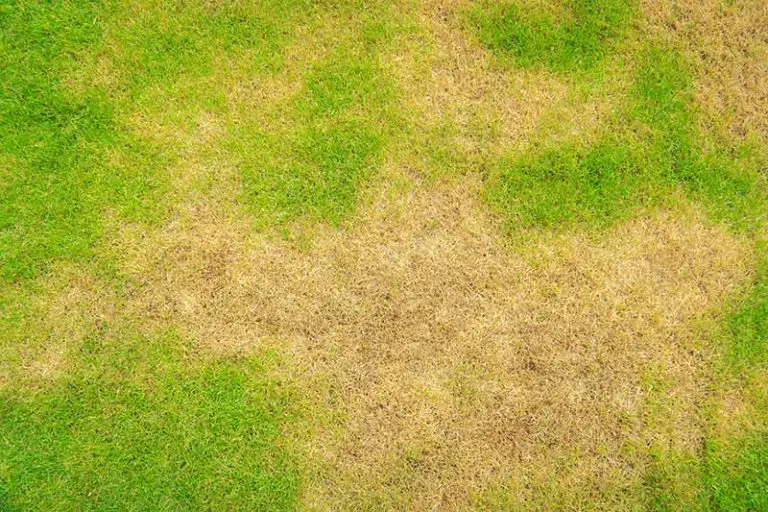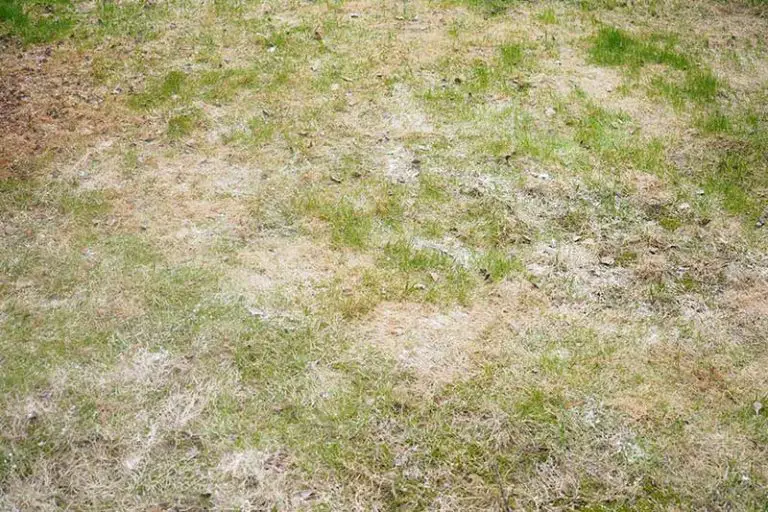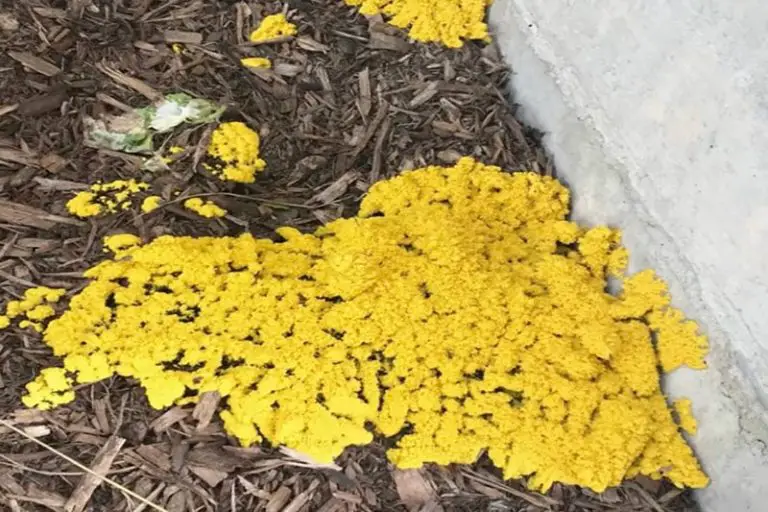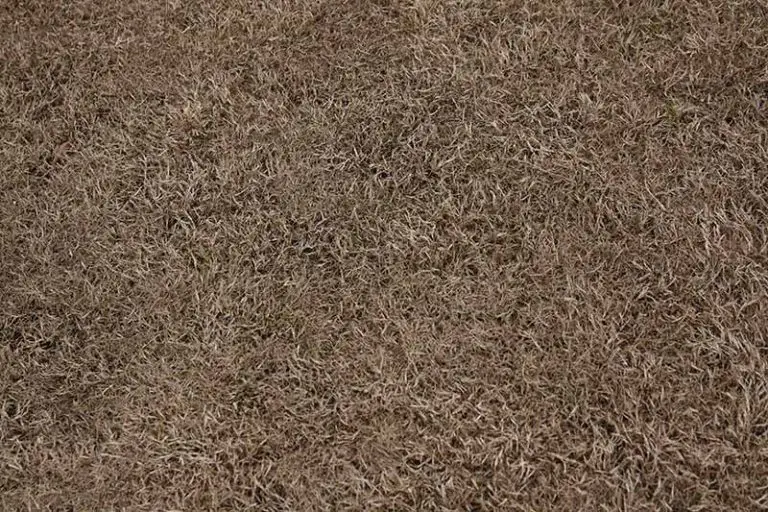Red Thread Lawn Disease
Red Thread Lawn Disease is a huge problem for many people as it can damage your lawn easily and spreads fast. This disease is challenging to manage, but it can be done if you have the proper knowledge and tools. So, in this article is everything you need to know about Red Thread Lawn Disease.
Red Thread Lawn Disease is a fungus that affects the individual grass blades and the soil of your lawn. This disease looks like a reddish pink thread among your grass, and it can remain viable in your soil for two years. This fungus will attach to the blades of grass and kill it from the top down.
You may be wondering several things: What are the signs indicating your lawn is infected with Red Thread Lawn Disease? Or how do you treat this fungal infection? And what are the environmental conditions that enable this fungus to grow? Let us find out!
How To Identify Red Thread Lawn Disease?
Red Thread Lawn Disease is an annoying disease to deal with as it can be challenging to get rid of, and no type of lawn is safe. Red Thread Disease is a fungal infection on your lawn, and it can spread like wildfire, doing a large amount of damage as it goes.
Red Thread Lawn Disease is caused by a fungus called the corticioid fungus Laetisaria fuciformis, a fungus with two separate life stages. The stage of the fungus where this disease gets its name is the stromata stage.
This is when the fungus is at its most infectious, as the long, thin stromata will infect the blades of grass that it touches and essentially take over the grass as it attaches itself to it. These stromata can stay viable in the soil for up to two years.
The other stage that this fungus goes through is the mycelium stage which makes the lawn look almost fluffy, as it produces pink, small cotton-like formations where the blades of the stromata meet.
This fungus is challenging to get rid of as it can last for so long in the soil of your lawn, and it will grow in any lawn type as long as the right growing conditions for the fungus are met. However, some lawn types are more susceptible to this fungus.
These lawn types are Bermuda grass, Perennial ryegrass, Bentgrass, and Fescues. Let us go through the visible characteristics of Red Thread Disease to better identify it when you need to.
What Red Thread Disease Looks Like?
Red Thread Lawn Disease is widespread during the spring, but this fungus can also appear on your lawn in the fall and winter months. So, these are the months you need to be on the lookout for any signs of this fungus, as early treatment is more effective.
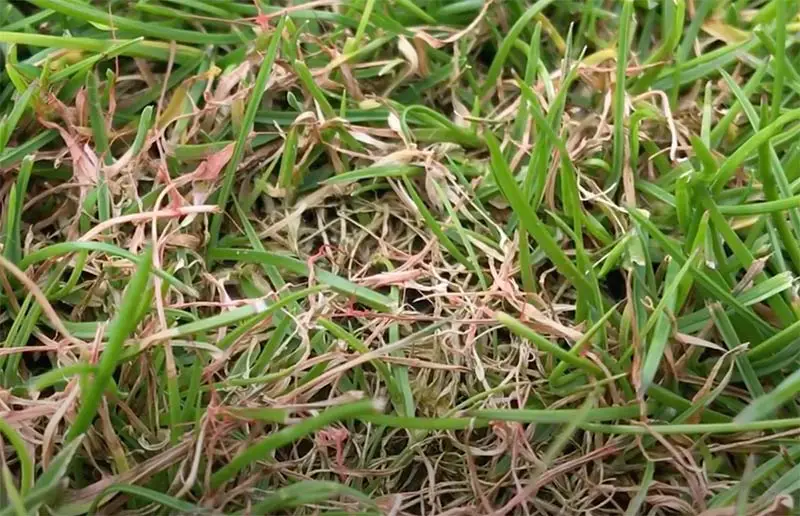
You will notice pinkish-red strands that look like thin threads among your grass, which is a tell-tale sign that your lawn is infected with this fungus. This is when the fungus is in its stromata stage, which is highly infectious and can easily spread in your lawn and even to your neighbors’ lawns.
Here are a few other visible signs and symptoms that your lawn may be infected with Red Thread Disease:
- The grass blades of your lawn look ragged and are beginning to die from the tip of the grass blade down
- The grass will appear irregular in shape
- When looking over your lawn, you will see straw-like patches that range in size anywhere from 2 inches all the way to 3 feet in diameter
- Further into the infection of the grass, you may notice some pink, gelatinous growths on the top of the blades of grass
- When you do any lawn work, you will notice some pink discoloration on your shoes and the tools you used
- Some areas in your lawn may begin to brown
When your lawn is wet, the red threads of this fungus will appear darker in color, and when your lawn is dry, it will appear as more of pink color, so it is best to look for visual signs of this fungus in the early morning when the dew is still on the ground.
Conditions That Help Red Thread Lawn Disease Grow
Certain environmental conditions allow the Red Thread Disease to grow and thrive in your lawn. Knowing these conditions can help you in your quest to rid your lawn of the fungus, and it can help you prevent an infection in the future.
If you ensure your lawn does not have these environmental conditions during the growing season of the fungus, then you might be able to miss an outbreak altogether.
The environmental conditions that this fungus needs to grow are:
- Cool-weather conditions, when the temperature is between 59- and 77-degrees Fahrenheit
- Wet and rainy weather causing high humidity
- Low nitrogen levels in the soil
- Low light levels due to cloudy weather
- Inadequate lawn fertilization making the grass weak and susceptible to infections
- Excessive travel over the grass causing the grass to get damaged
- Improper watering of your lawn causing the lawn to be wet, but the roots to be dry
- Poor grass quality, for example, planting Perennial ryegrass instead of the better-quality Bluegrass bend
- Not having biological living in the soil of your lawn, like worms that help increase the soil quality
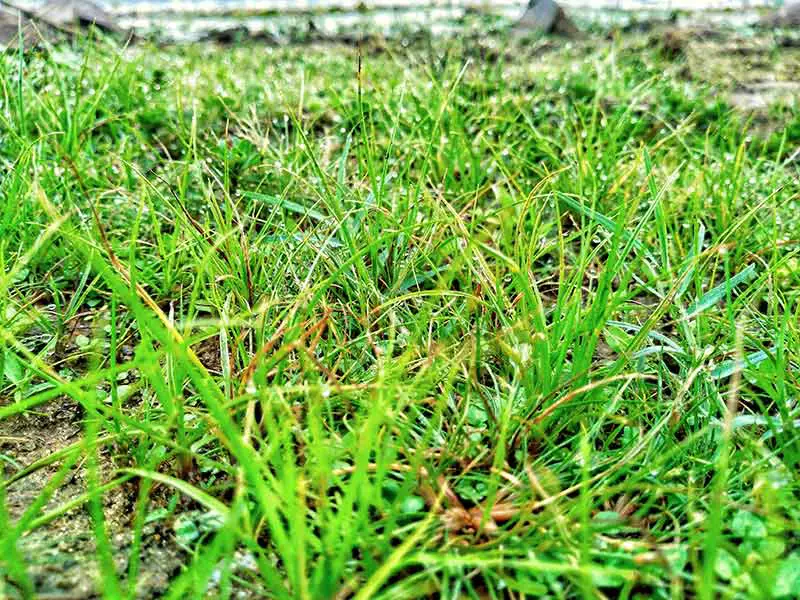
Overall, if your lawn is not healthy and is in poor quality soil, then your lawn will be more susceptible to diseases like Red Thread Disease and other fungal infestations such as Brown Patch Lawn Disease.
Treatment For Red Thread Lawn Disease
Red Thread Disease does not usually kill the grass entirely, and it can sometimes clear up on its own, but if this happens, the chances of it returning in its next growing season are high as the fungus can survive in the soil for up to two years.
Even though this disease may clear up on its own, most people find it an eyesore and would prefer to get rid of it as soon as possible. There are several ways that you can eliminate Red Thread Disease from your lawn.
But you need to remember that whichever treatment method you choose to use, it will take a few weeks to work before you notice a difference in your lawn. The visible signs that your treatments are working will include a lesser amount of the red, thin needles in your lawn, the affected areas should begin to green up and perk up again, and the brown patches will start to fade.
The length of time needed for your lawn to get back to normal will depend on the treatment method you choose. Let us go through the treatment methods available to you to pick the one best suited for your lawn.
Chemical Treatments For Red Thread Lawn Disease
One of the treatment options you have to help eliminate Red Thread Disease from your lawn is to use a chemical treatment specifically made to treat fungus infections on your lawn. Using a chemical treatment is a highly effective way to rid your lawn of this disease, and the disease should show signs of relenting within the first week or two after treatment.
However, with the severe implications chemical treatments can have on your local environment, it is highly recommended that you only use a chemical treatment in serious cases of lawn infections.
The best chemical treatment to use for Red Thread Disease is a fungicide. Do not use any other chemical treatments as they will not work for this disease. The best fungicide to use will contain trifloxystrobin as the main ingredient as this is the most effective against Red Thread Disease.
Fungicides with trifloxystrobin as the main ingredient should begin to show visible signs of killing the fungus within two weeks after treatment.
Non-Chemical Treatments For Red Thread Lawn Disease
If you want to ensure your local environment is safe and avoid using chemical treatments, you can still eliminate Red Thread Disease from your lawn. A method you can use is to try and reduce the required growing conditions for the fungus.
But as you cannot control the weather, and it is impossible to remove the fungus, the best way to reduce the required growing conditions for this disease is to strengthen the fungus host (the grass) and make the soil less hospitable for the fungus.
To do this, you need to fertilize your lawn with a fertilizer high in nitrogen as part of a regular fertilization schedule for your lawn. As mentioned earlier, Red Thread Disease thrives in soil with a low nitrogen level, so increasing this nitrogen level will harm the fungus. Refer to our guide How to Add Nitrogen to Soil for an extensive list of methods to increase nitrogen levels in your soil.
The best time to apply a nitrogen-filled fertilizer to your lawn is in the fall to help strengthen the re-emerging grass in the spring, but you need to ensure you do not overstimulate the lawn’s growth late in the season.
A great way to help your lawn is to give it a nice, thick top dressing of compost during the disease-growing season. This will help strengthen your grass and increase the nitrogen in the soil, which can both defend against the fungus.
You can also lessen the amount you water your lawn during the active growing season of the fungus to help reduce the spread of the disease. Another method you can implement is to minimize the shaded areas on your lawn as the Red Thread Disease is a plant that cannot thrive in full sun conditions.
Call A Professional For Red Thread Lawn Disease
If you are unsure of the best way to treat the Red Thread Disease affecting your lawn, then you need to consult with a local lawn care professional to help you with your lawn’s treatment. The professional lawn care provider will be able to assess the severity of the infection and help you come up with the necessary treatment plan that your lawn requires.
The lawn-care professional will be able to determine whether your lawn requires chemical treatment to help eliminate the disease or if treating it with some good-quality, high nitrogen fertilizer will do the job.
Depending on your location, the lawn-care professional will also know the laws regarding what you can and cannot use on your lawn. Some locations were using a chemical treatment is illegal as the environment in that area is too sensitive and can be severely affected by the chemical.
For this reason, no matter how you want to treat the infection on your lawn, it is always best for you to consult with a professional to ensure you will not break the law and cause harm to your local environment.
Prevention Of Red Thread Lawn Disease
If you know that your lawn is prone to a Red Thread Disease infestation, then there are ways in which you can help prevent the fungus from growing in the next growing season. The easiest way to help prevent this fungus is to eliminate the favorable conditions for the fungus.
Ensure you fertilize your lawn with high nitrogen fertilizer and keep the soil dry enough to still be alright for your lawn but too dry for the fungus. To do this, you can water your lawn until the roots of the grass are saturated, then leave the grass to dry out and only water again when your lawn shows the first signs of drought stress.
You need to reduce the shaded areas on your lawn by trimming bushes and trees around your lawn that cast shade. Also, when you mow your lawn, make sure to mow it to the optimal height for its species and only take off 1/3 of the grass’ total height at a time. You need to make sure you keep your lawn healthy and strong so that it can fight against the fungus effectively. This is the best way to help prevent the disease from taking over and growing again.
You should wash all of the equipment you use in your lawn maintenance after every use to ensure no fungus spores are attached to it. You can also introduce some biological life into the soil of your lawn that will help aerate the soil and prevent the growth of the Red Thread Disease.
Repairing The Red Thread Lawn Disease Damage
If the Red Thread Disease infestation was severe, then it could leave behind some damage to your lawn. Unfortunately, this damage can leave your lawn patchy and weak, so you will need to overseed with appropriate grass seeds in the bare patches and strengthen your lawn to get it back in fighting shape for its fight with the fungus next season.
Conclusion
Red Thread Lawn Disease is not a pleasant thing to deal with as it can be challenging to get rid of. This fungus can spread fast and take over your lawn in no time. As this disease can damage your lawn, it is best to try and eliminate it as soon as it pops up. Just ensure you use the right treatment method for your area and matches the severity of the problem. Good luck with your Red Thread Lawn Disease treatment!

